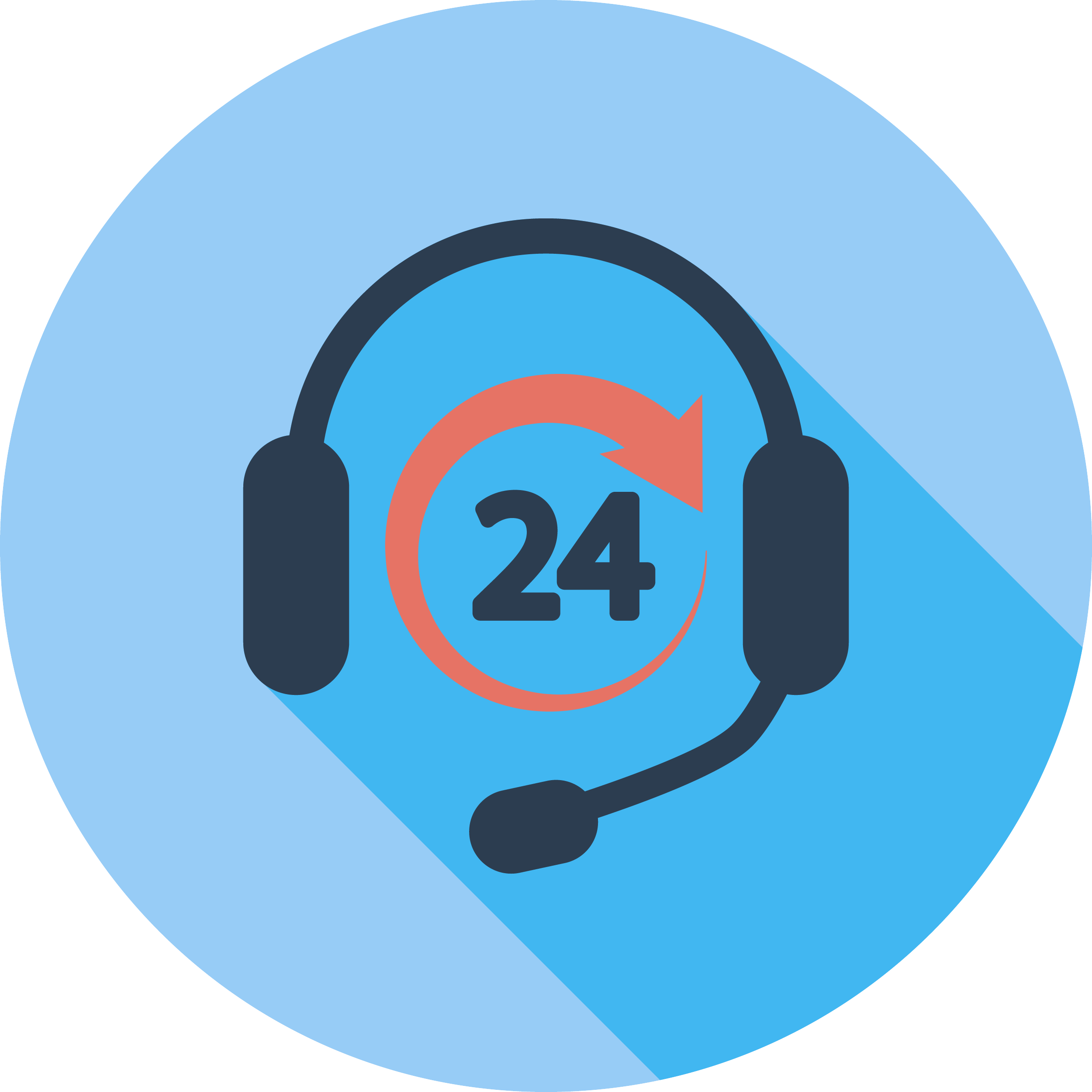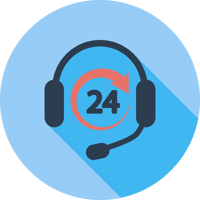Go-Live Adoption and Support

 The EHR Implementation Go-Live Series
The EHR Implementation Go-Live Series
Adoption: Just when you thought the go-live was the last step, along comes the question of support.
Not long after go-live there tends to be a revelation that supporting this new way to do business may cost more than originally anticipated. At this point the management team is realizing that care can only be given through the enabling technology and that IT’s cost as a percentage of overall expenses has permanently increased.
At this point, many CFOs ask their CIOS to justify enhancements and manage the sustaining support costs. In turn, the CIOs are tasked to hold the operational areas responsible for cost/benefit justification as well as accomplishing the return. Whether you are in the C-Suite, run an operational area or oversee a department, here are some ways to bolster the return on your organization’s investment by bringing people, process and technology together to improve support.
At-the-Elbow Resources
After the first week it is normal for there to be lulls in support activity. Acuity will begin to rise; nightshifts and weekends can become a little slower for floor support resources. It never fails — there is always someone caught hanging out in the lounge, texting or disappearing for long periods of time.
Resources must be trained on creative ways to fill their time productively. For example, a useful resource will approach staff and ask for permission to either sit alongside or work at the bedside so they can watch how the clinician engages the system. This approach creates opportunities for the resource to provide tips, guidance and shortcuts to the clinician so that they can complete their work more efficiently.
Go-Live Trainers
Keeping your trainers on as extended go-live support in areas that are struggling can help bring users back up to speed and will show your hospitals commitment to making sure that this transition goes as smoothly as possible for everyone, which will help justify expenditures while building goodwill elsewhere. You’ll also receive the added benefit of understanding which workflows may need tweaking and which pieces of build could function better.
Doctors, for example, often learn the steps to get through patient care in the beginning (i.e. “survive” go-live), but there are often ways to speed up their day (i.e. “thrive”) by streamlining the steps they have learned. Therefore, it is a good idea to have someone come and “shadow” the providers 4-8 weeks after go-live to offer tips and tricks for streamlining their workflows.
Go-Live Support
Just when you thought the go-live was the last step, along comes the question of support. Once the go-live is complete and the decision is made to close down the command center, error resolution and user training continues. As much as one would like to believe that life goes back to normal after the go-live event, it is not always that simple. Allocating time for staff to continue the support of the Legacy systems and resolving issues of the new EHR is sometimes overwhelming. HCI has the ability to cost effectively support your legacy applications. Knowing that millions of dollars are invested in an EHR, we understand the importance of having staff focused on the new technology. We have experience working with a broad array of healthcare applications and can offer support to a legacy system that assures trouble-free operation for as long as it remains in service. We understand the importance of the technology investment, and to help ensure success, our resources will be experienced and fully certified in the legacy system as well as any new system being adopted. We’ll keep the legacy system running while you focus on the future. Seamless integration between disparate systems in a hospital and its network is one of the toughest challenges each health system faces today. Through our innovative support program outlined below, HCI can help you meet these challenges head on by participating in the project planning, providing assessments, leading your project team or supplementing your staff at every stage of this journey.
Sustaining support involves more than just a clinical service desk.
A sustaining support model involves looking at every step of the process, from the minute the user reaches out for help to the resolution of that incident and beyond. So in the support cycle, it’s typically the user calling the desk, the desk needing to escalate the question to the application team and then the fun begins. Many times the issue is assigned incorrectly and might bounce around the application team causing great inefficiency. When it finally gets to the right person and gets resolved, the user may be the only one that gets notified as no one is responsible for closing the loop in the process by making sure the trainers, all users and, yes the help desk, are made aware of the change.
You can also continue to analyse and refine the application build itself by using business intelligence and data analytics. Leveraging cross-certified resources to quickly spot root-cause issues and identify improvements in the application can simplify the required support in the long run. From tracing the first call that comes into your service desk, watching it get triaged, treated and eventually released can offer great opportunity to improve process. Strengthening teams for first call resolution, ensuring effective escalation, teasing out training opportunities and closing the loop once a ticket has been truly resolved are key. Your analysts should take a holistic approach, based on data analytics and observation techniques, to tease out ineffective and inefficient steps along the way.
With regard to assisting ticket management, you can use traditional on-site solutions or explore opportunities to partially or fully outsource to a centrally located team. Outsourcing can be effective if the company you engage has properly focused on obtaining benefits from an economy of scale, based on similarities in their customers’ needs. Being able to leverage manpower across multiple clients allows for increased productivity, reduced downtime and savings passed back to customers.

